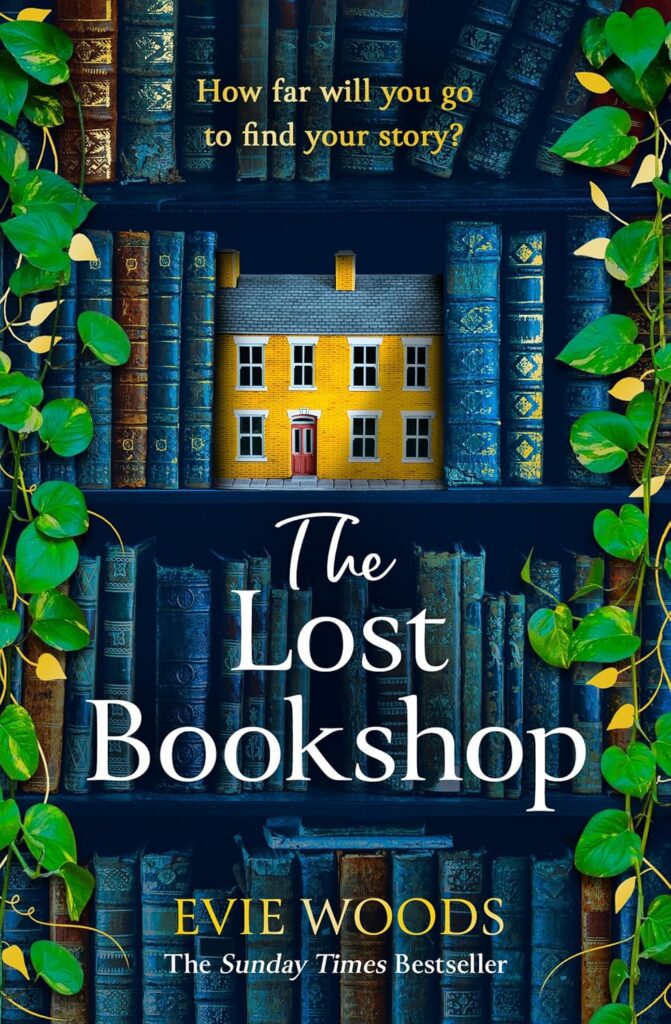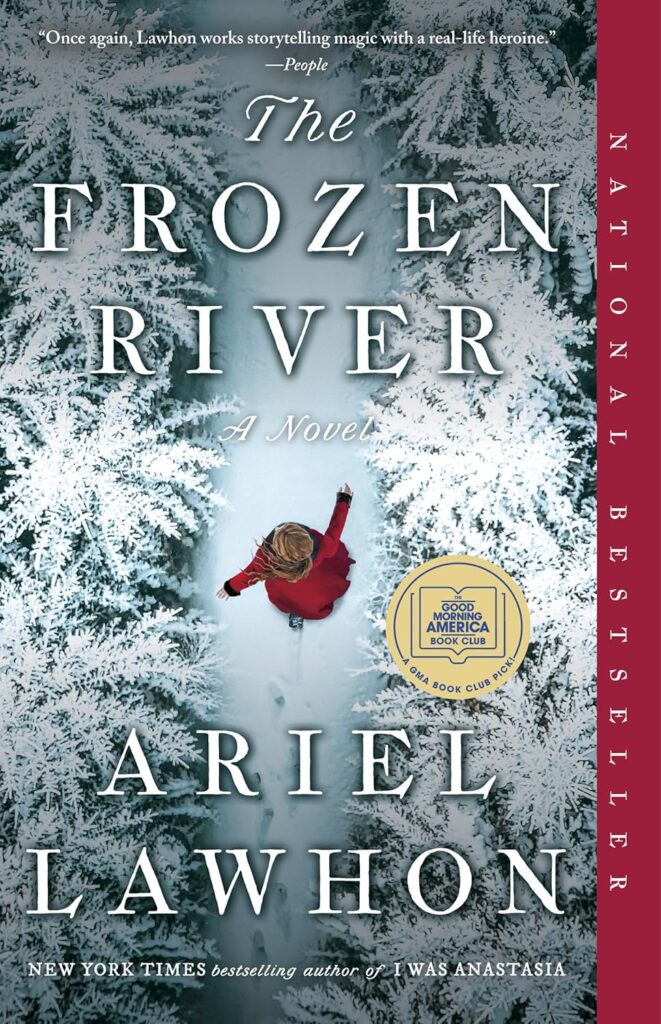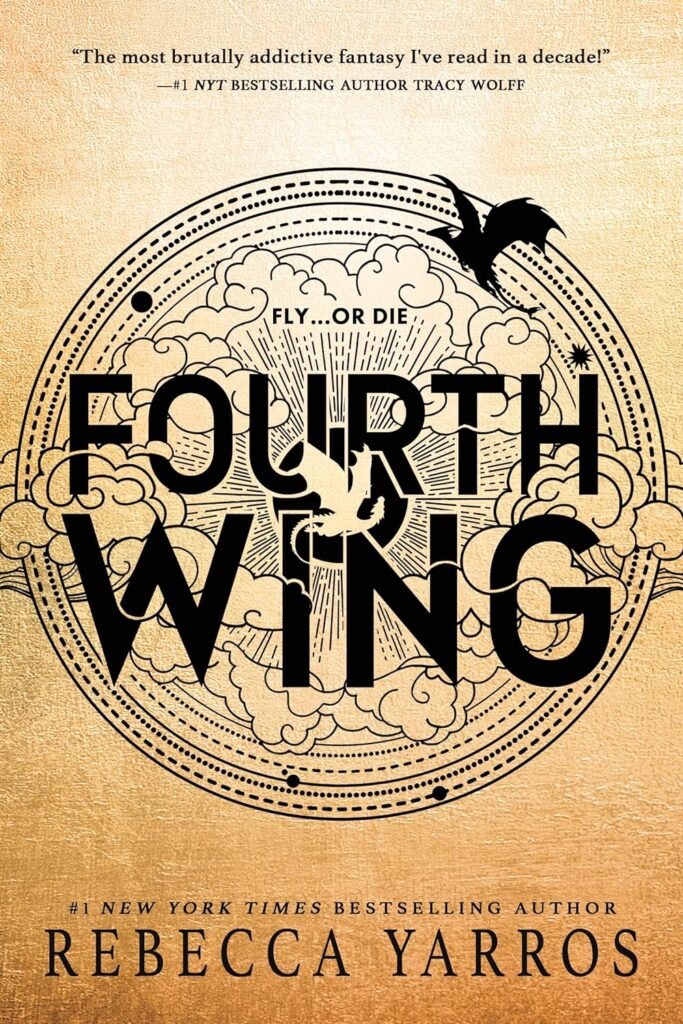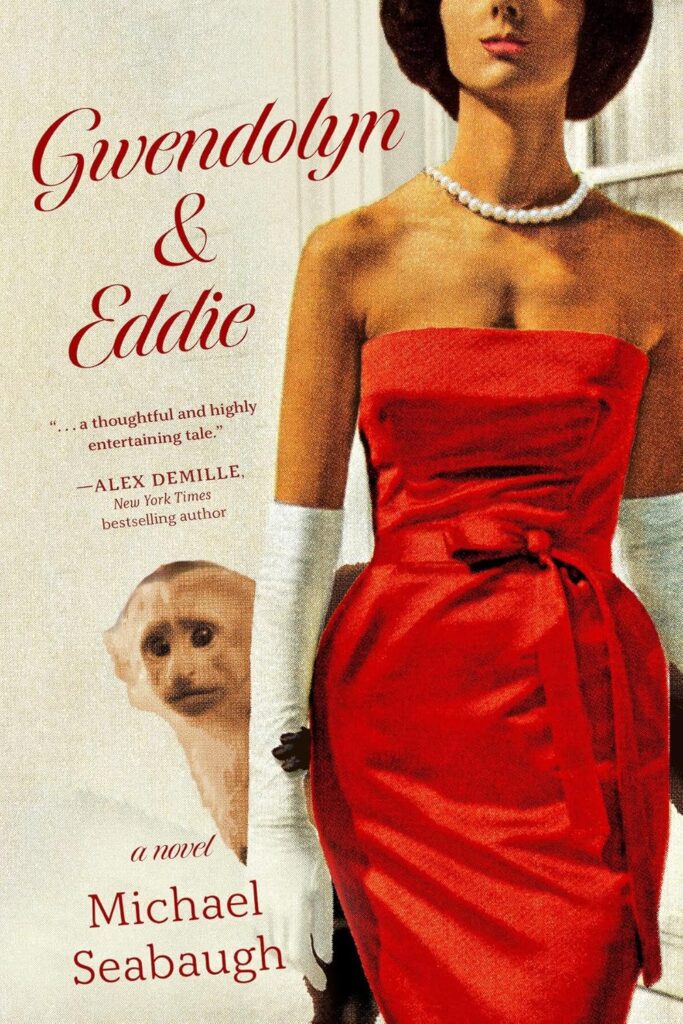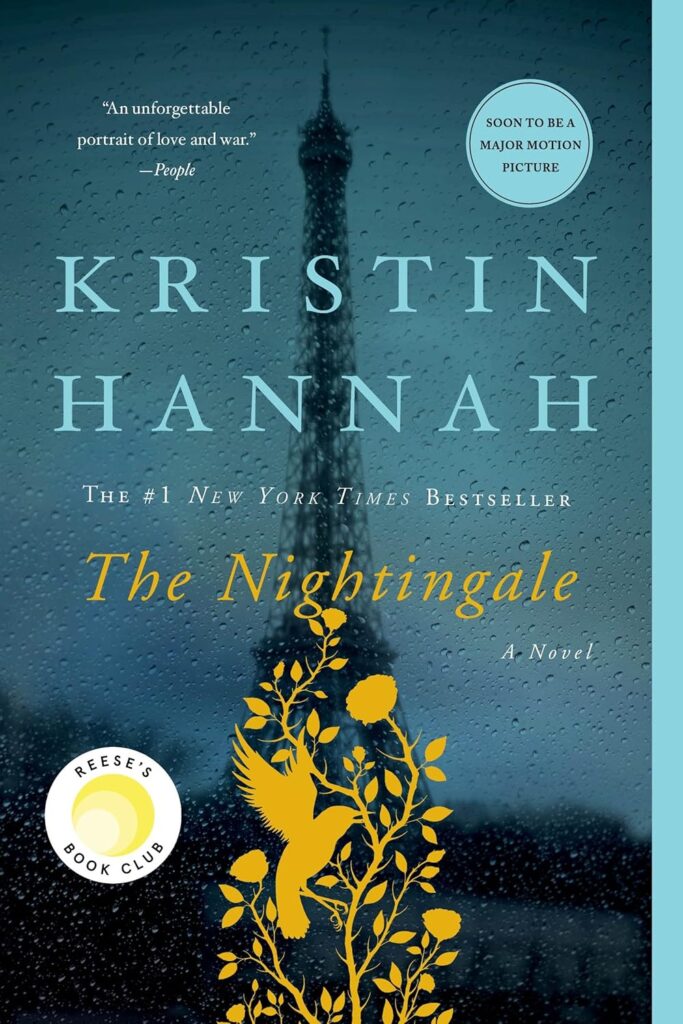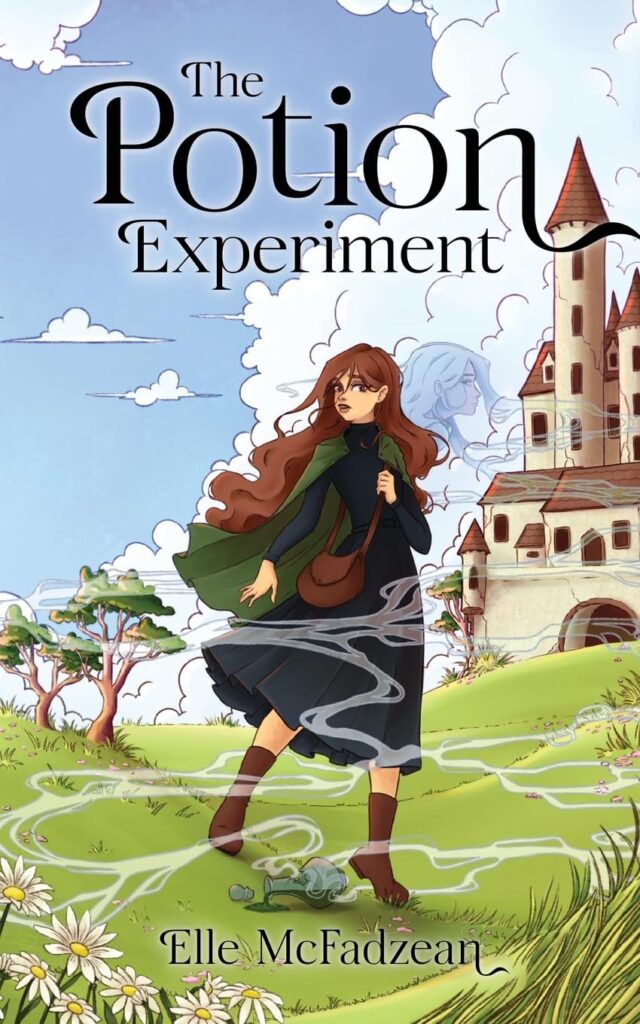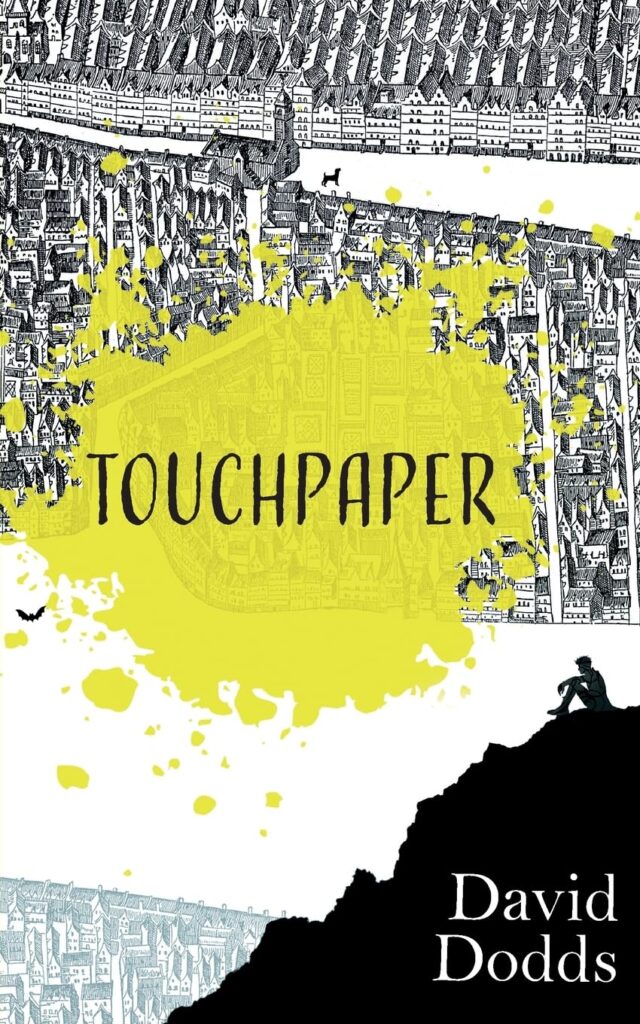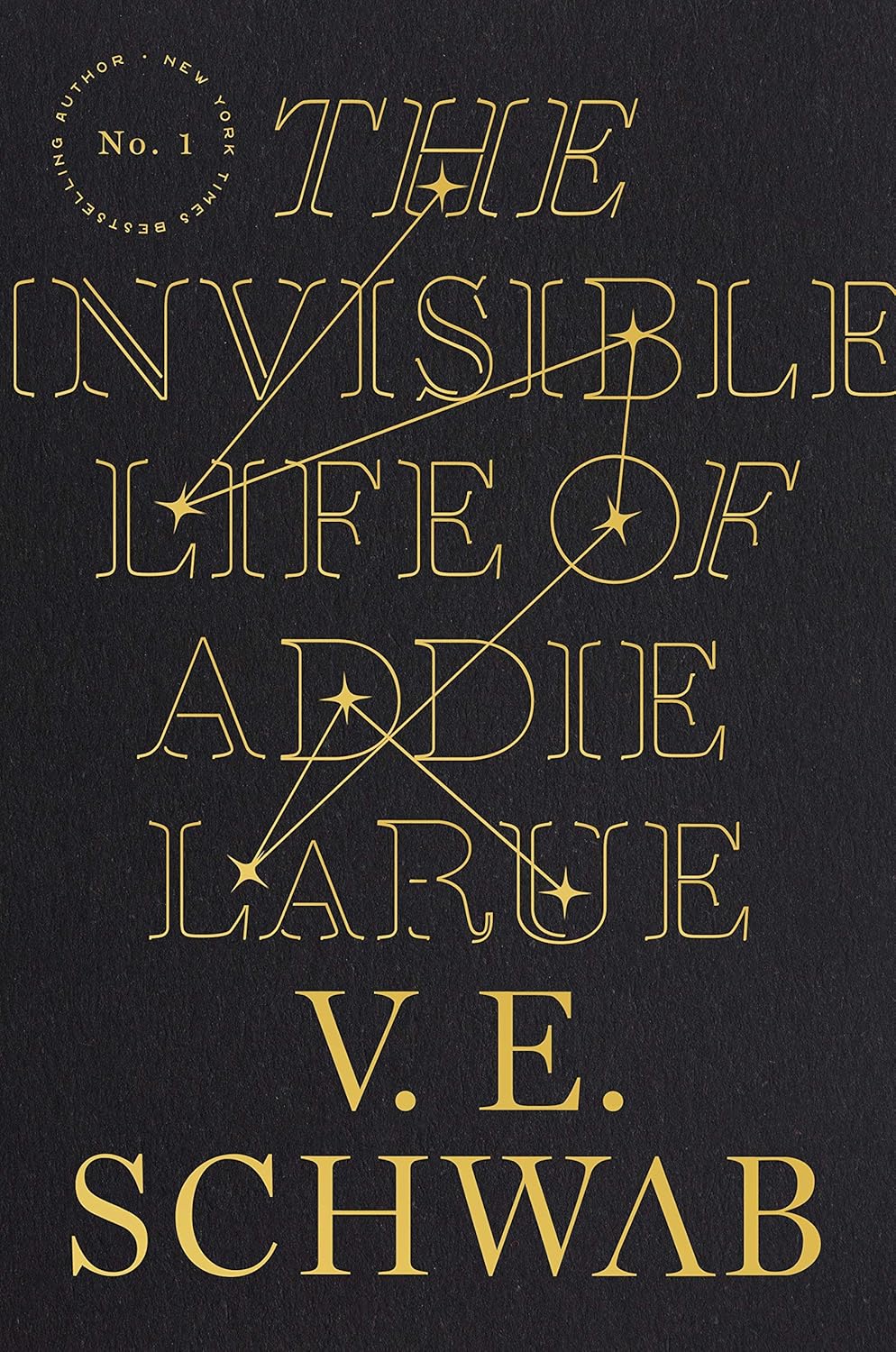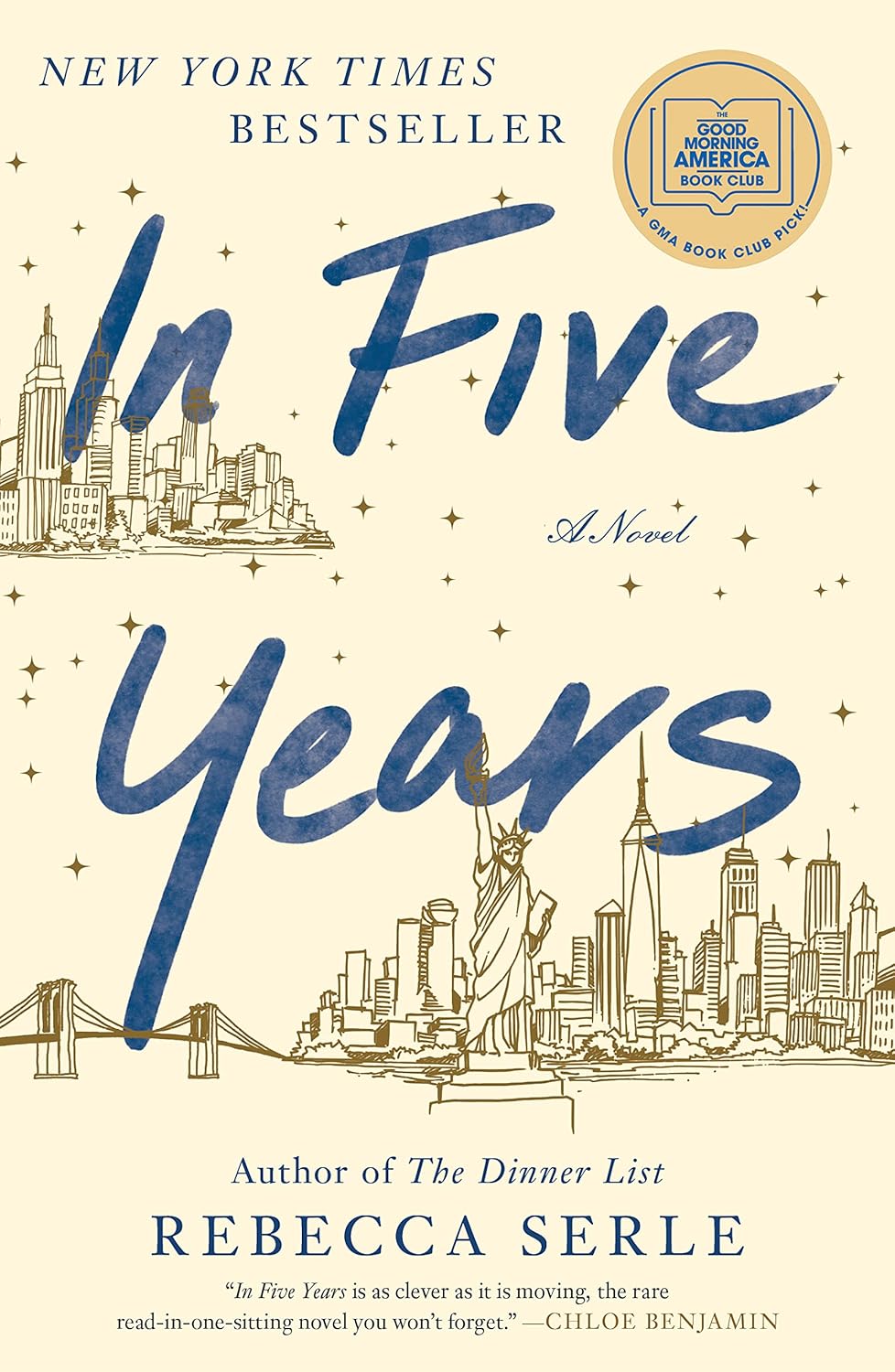The Invisible Life of Addie LaRue became a bestseller and is beloved by many literary communities after its publication in 2020 with praise and success. The book follows its heroine, Adeline ”Addie” LaRue through an immortal life – beautifully exploring the seemingly irreconcilable contradiction of immortality and anonymity.
This review analyzes the thematic depth, narrative voice, characterization, and critical reception of the novel, as well as some of the critiques that have been leveled against it.
In so doing, it offers a full-throated exploration of what makes The Invisible Life of Addie LaRue so appealing—and why it lingers in our conversations long after its end.
The Storyline: An Eternity of Being Forgotten
Covering many centuries, the novel starts in 18th-century France, where a teenage Addie LaRue, frustrated by the prospect of an arranged marriage and the constraints of a conventional life, cuts a deal with a god too dark to remember.
She is given eternal life but doomed to be forgotten by everyone that she encounters. What follows is the premise at its most interesting: Addie wring out of her new life for the next three centuries.
It switches between Addie in the past and Addie in 2014 NYC. In the contemporary timeline, Addie meets Henry Strauss, a man wrestling with his own issues of identity and self-worth. And yet, there stands Henry, who remembers her—impossible, given her curse.
The nature of their relationship prepares the ground for an inquiry into the human need to be connected and to have a purpose and experience love.
Schwab weaves a tapestry of intertwined experiences, from the fleeting to the deeply intimate, always emphasizing the sense of loneliness and perseverance of life lived so far from the annals of human memory.
Part of Addie’s story is informed by her deliberations with artists, intellects, and average people since the onset of her curse, making her apparent influence on the world throughout history more palpable.
Designed by Andrea Zittel, ‘Always Anonymous’ celebrates the almost three centuries of role that Gertude played, simply as a faceless inspiration for generations of artists (perhaps even those that forgot her name), in a testament to the power of ideas.
Themes: Legacy, Identity, and the Cost of Freedom
The Invisible Life of Addie LaRue, at its heart, wrestles with the question of existence. You see, Addie is cursed to never be remembered and that gives you the perfect opportunity to explore how conversations fade, human connections die out, and the struggle behind making an impression that lasts a lifetime.
How can you leave a legacy with only fading memories? Just the title itself — The Invisible Life of Addie LaRue — alerts us to the fact that if Addie is invisible, it is likely not in general – and as such brings us to the reality that lives often go unobserved or un-recorded, which makes Addie a embodiment of the existence that fall outside of the margins of history.
Henry and Addie both explore the theme of identity. Addie wants to be remembered, but anyone she meets forgets her, for Henry, he battles with the feeling of never being enough, of feeling like there is a box he needs to fit into.
The differences in their experiences expose the fact that identity is affected by both external affirmation and internal evaluation. Addie’s curse is a double-edged sword: it liberates her but it erases her in the process.
His deal with Luc is a reflection of how sometimes you have to sink to a certain level to be recognized and acknowledged on any level at all.
The book also looks at the price we pay for freedom. A pact with Luc, the dark deity that enthralls Addie, gives her freedom from the confines of society, but robs her of the very thing that keeps mortals alive – human connection.
Her journey asks important questions about the price we pay for independence and the dissonance between freedom and belonging. Although in deciding for freedom Addie sacrifices her place in the human story, she asserts her presence time and again through art, memory, and resilience.
Narrative Style: A Lyrical and Poetic Prose
One of the best parts of this novel is Schwab’s writing. Her prose is poetic and lyrical, with a rhythm that mimics the agelessness of Addie. The sensory-based way of describing the settings, whether it is in a village in 18th-century France or a busy metropolis today, makes the reader almost feel the life happening in it.
Schwab captures the small, stark moments of humanity that add emotion to the story. Like the highly tactile details from Addie´s narrations, such as the cobblestones and the flickering candlelight, instills a closeness between the reader and the story.
The past/present structure of the novel allows us to see Addie develop over hundreds of years. While the nonlinear aspect adds depth to the story, it may lose some readers as the plot takes its time to play out in a sluggish manner.
This entwining of past and present further emphasizes how Addie suffers from alienation and the urge to truly be known, suffering that is unique to Addie but also universal among us, thus relevant to every time period.
Character Development: Strengths and Limitations
The titular Addie LaRue is a force of nature, and her strength and ingenuity keep the story grounded. This will and need to adapt to what the times or the circumstance requires, can be seen as a symbol of her will to see through her life with this curse or as a symbol of attachment to the material world.
This examination of emotional isolation balanced with the resilience of the human spirit is something Schwab draws out beautifully through the character of Addie.
However, what shines in the book are Addie’s gentle resistances towards Luc and her unwillingness to give up on living. She is a reminder of everything we need in a world trying to tell us that we don´t count, and probably never mattered anyway.
Henry Strauss, who is Addie in contemporary form, but a real mirror character for her. Addie battles externally against a curse; Henry battles internally against a low self-image and existential malaise. In their relationship we see a more complex take on the solace we crave from each other.
Henry is a character whom the viewer can sympathise with; his unintentional flaws and his need to be all that anyone else could want in a world that never stops asking for more.
Some criticisms that readers have directed toward the novel include how secondary characters are described and also how fast the story can move. This curse creates an enforced transience in her interactions with others that ultimately leaves supporting characters underdeveloped.
Though they’ve been a nice touch to emphasize Addie’s loneliness, it could leave readers a little more intrigued to meet the people she comes across. Also, some of Addie’s encountering Luc at different times can feel redundant — possibly dragging the pace of the narrative a little.
Luc: The Dark Deity
The antagonist is Luc, who is a mysterious man that makes the deal with Addie. He is both temptation and torment, all the duality of Addie’s curse in one man.
The push and pull between their adversarial and intimate interactions highlight the novel’s themes of power dynamics and the fine line between love and control. Luc is a seductive immature piece of work but it is this immorality that renders it psychosexually ambiguous, at least to the extent that the viewer can witness his moments of emotional vulnerability.
Luc — as a character — is even more textured, though some readers feel his motivations and background remain underdeveloped. A little bit more depth on his character, would have made the story more appealing.
The antagonism between him and Addie — coupled with a sort of dazzling fascination — is a primary tension of the novel, but the full scope of his villain-confidant relationship with Addie has some unexplored potential.
Reception: Praise and Critiques
This one was a massive hit, praised for originality, emotional depth, and philosophical tones. It’s struck a chord with readers who enjoy more meditative and character-focused stories. Its success on other platforms such as BookTok also increases popularity, bringing it to a wider audience.
Readers have hailed her ability to fashion a tale at once timeless and intensely personal, and have noted the story’s examination of what it means to have a life of purpose.
That said, the book is not without its detractors. Early chapters were a little slow for some readers It takes its time reaching forward, and I could see its pacing alienating those searching for a quick read. Some criticize the novel for a story that can feel somewhat formulaic at times, despite its emphasis on romance.
It has also reignited discussion around how we represent diverse characters in fantasy, especially with Luc and Henry being painted to fit eurocentric ideals in Schwab’s world.
Conclusion: A Timeless and Thought-Provoking Tale
The Invisible Life of Addie LaRue is one of those books that sits in your head for days after you read the last line. With its universals and an evocative prose by Schwab, it makes for an introspective yet consuming read.
The Longest Way round is not the kind of novel that appeals to everyone, there are no fast-paced action or complex worldbuilding, but rather, you get a slow journey that is rich and rewarding, for those people who appreciate character-driven explorations of the human condition.
Ultimately, Addie’s tale reflects resilience; it is a defiance against erasure. A title that serves as both an emblem of an inspiration and a reminder of art’s, memory’s, and ultimately our own, unbreakable core.
The Invisible Life of Addie LaRue is a story for readers who are ready to go on a slightly more meditative journey, and for those readers, it is proof that a life can be of value even when immortality is limited.
It has a lot more to do with the connections we form, the memories we create, and the courage to live a true version of yourself nonetheless.
